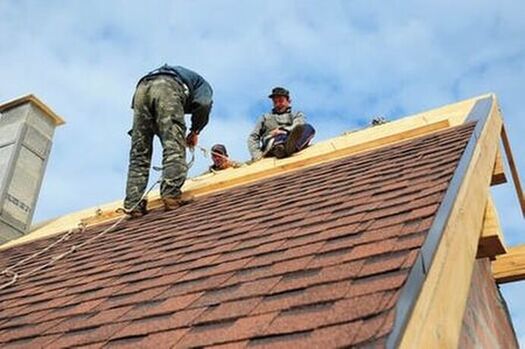When Is The Best Time Of Year To Replace A Roof?

Fall is the best time of year for a roof replacement in Wisconsin. After summer storms and before
Many homeowners are catching on to the fac
Roofing is best installed when the temperature is above 45 to 50 degrees on a clear day, particularly when you use asphalted shingles (the most popular roof material in Wisconsin). Due to ambient temperature, known as thermal sealing, the shingles seal strands can melt and adhere properly.
At the same time, when it is not too humid, your Wauwatosa roofer will function better. Before winter rolls on, the shingles must be properly sealed. This means they are ready for a barrier against cold temperatures that is airtight and moisture resistant. Moreover, heavy winter winds are less likely to bloom them.
Shingles are also becoming fragile and harder to deal with as the weather gets colder. Usually, Shingle manufacturers recommend that items be mounted at or above 26 degrees. A cold, delicate shingle is much easier to crack when attached. This means that hand closing must replace roofing arms and make the work more difficult, slower, and more pricey.
Another explanation for the replacement of roofs in autumn is that when winter storms begin, small hol
Think about it again, if you are tempted to postpone your roof until the middle of the winter.
The cold environment is not im
Many roofing crews are usually engaged in other forms of construction work during the winter months ... or take
